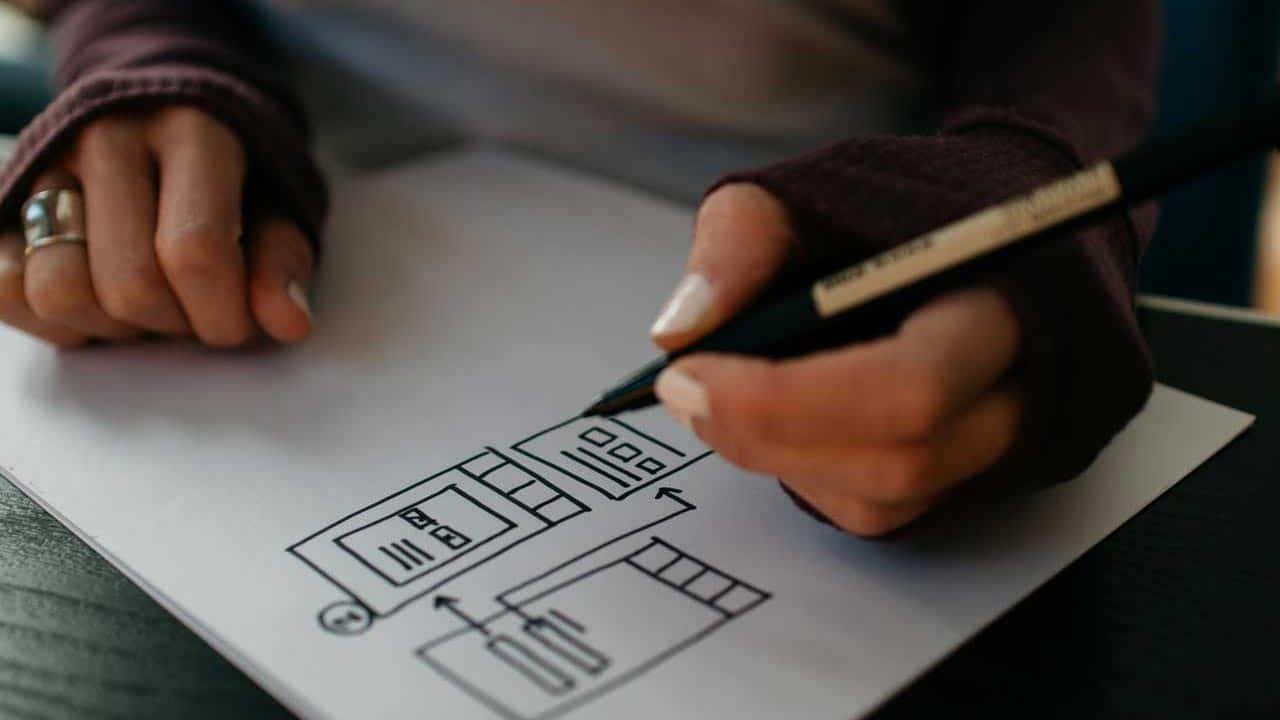
Most websites contain a lot more information than you might notice. Even the most basic business can be concluded with a website that can be occured with a few pages showing contact info, service details and more. In some cases, the multi-page approach works better. However, you may encounter situations where a one-page website is more appropriate.
The trick is to know when and in what situations each design will be used. For example, one-page websites are great for personal portfolios and short business presentations, but may not be useful for businesses that offer multiple services/products.
Difference between one-page website and multi-page website
Most websites you will visit have multiple pages. Some of them may become obligatory to use multi-page websites within the scope of the services and products offered. Multi-page website preference has become a standard approach. However, in some cases, all you need is a single page to show all the information your visitors will ask for. This alternative design is called a one-page website. Landing pages are a common example of this type of design.
Finishing the website on a single page design may seem like a bad idea at first as it limits your options. However, we can see it as a preferable approach for some small scale projects.
One-page websites where all content is collected on a single page generally have the following characteristics:
Clearly defined sections – The more information you add on a single page, the more attention needs to be paid to the way it’s formatted.
Big header elements – Headlines are the foundation of most designs these days, but they’re even more important on single-page sites as they help you grab the attention of visitors.
Special scroll effects – One page websites often rely on special transition effects to convey content in a more engaging way.
With all this in mind, let’s talk about when it makes sense to use a one-page site.
When should one page website design be preferred?
As we mentioned, there are some pros and cons of using a one-page and a multi-page website. Multi-page designs give you more space to include all the content you want. In other words, it has a more flexible structure for creating content. The downside is that multi-page websites can be more difficult to navigate and more difficult for visitors to find the information they need.
When it comes to one page website designs, content-restricted areas can make it easier for visitors to find what they are looking for. Also, it’s easier for you to focus on the most important information or items. Since you only have one page to design, you can save a lot of time with this type of website.
Knowing exactly what you want to add to your website before you start working on web design will benefit from time and cost. You can create a rough draft of your site, the items you will need and a list of which pages you want to be used under. This way, you can easily tell if a one-page website approach is appropriate.

